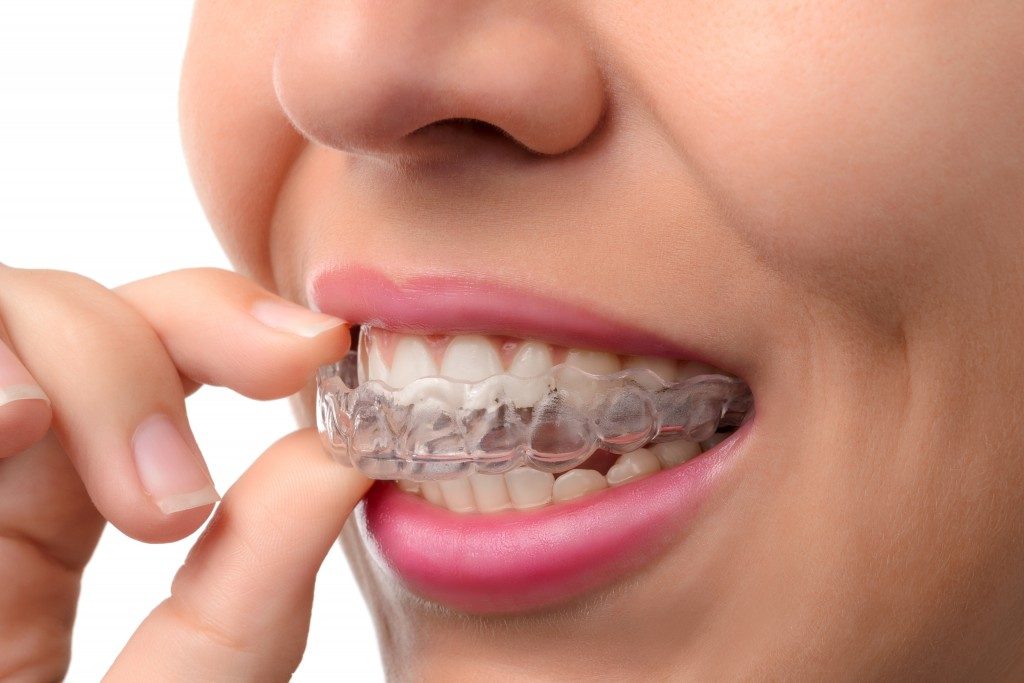Would you believe that more than 10 years ago, invisible retainers were not yet available in many parts of the world. People still needed to have those pesky aluminum retainers to keep their teeth aligned? It seems to everyone that for a time, technology has forgotten to include the dental industry in its development. Thankfully, those days are gone, and we’re seeing a deluge of new machinery and equipment that make dental procedures easier, less painful, and almost self-reliant.
If you see how 3-D printing orthodontics work, you will realize how far the dental industry has gone in terms of technology. As the new rave in the industry, bioprinting uses computer-aided design and computer-aided manufacturing (CAD/CAM) to create a tooth from a 3-D scan if you need a bridge, cap, or crown. In the future, dentists believe that it will be possible to recreate a jawbone from the mixture of live cells and gel. This will be extremely beneficial for those who have been disfigured in an accident and those suffering from oral cancer.
Algorithms to Create Innovative Procedures
Thanks to smart machines, dentists can use algorithms to combine, study, and monitor the huge amounts of data they have collected over the years. Using the data, these machines can come up with an analysis of the risks and potential outcomes of dental procedures. Dentists will also be able to give their patients an idea of what they would look like after an implant or recovery. That will be possible because of the 3-D rendering of their images.
Self-checking Mouthguards

Voice-assistant apps such as Google, Waze, Alexa, and Siri allow people to navigate their cards, do their research, and get reminders for their appointments. They do this without touching a button. Can you imagine what it would be like for a mouthguard to have sensors mounted on the implant that can track tooth decay? Nothing should surprise you anymore. Self-checking mouthguards can alert the patient if there is a buildup of tooth decay or if there’s a need to change the eating behavior. Smart toothbrushes are now available on the market. These can gather data using pH sensors and cameras.
Cameras and Sensors
Speaking of cameras and sensors attached to toothbrushes, dentists can also use intraoral cameras that will allow them to see more clearly the condition of your teeth and gums. The cameras are attached to the dental tools, allowing the patients to see on screen what the dentists are doing. These cameras will easily enable the detection of oral cancer, gum disease, tooth decay, and other oral abnormalities.
Access to Dental Care
Even if you somehow live in remote areas of the world, you can still get excellent dental care from a team of doctors that will analyze and diagnose scans that you have taken using your smartphone. The initial scanning of oral problems can be done at home or in a community health center. Further tests can be done in the bigger dental clinics or hospitals, but the initial diagnosis is critical.
Technology also allowed for the easier marketing and promotion of dental services and procedures. Using social media, apps, and websites, a dental clinic can accept appointments, answer inquiries, and advertise promotions and discounts. On the other hand, patients can easily set a schedule with the dentist, leave reviews and recommendations, and share links with their network.
